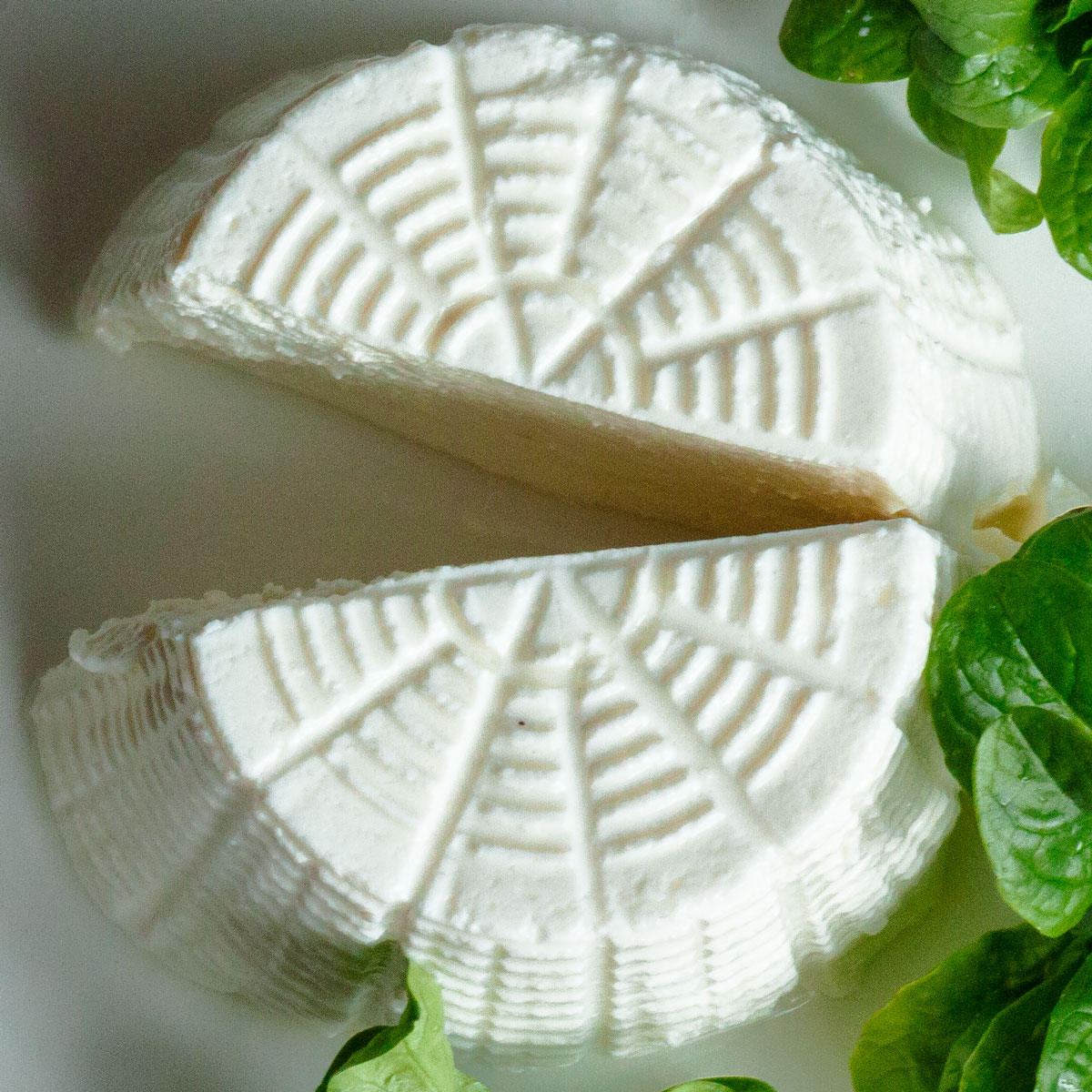
Primosale is considered the father of all Sicilian cheeses. Originally made from sheep's or goat's milk, the cow's milk version is also widespread and in great demand today. The cheese is pleasantly mild in taste and is served as a starter or at the end of a meal in southern Italy.
The cheese of the Cyclops
In the past, farmers and shepherds often ate Primosale as a snack with a shot of high-quality olive oil. Its production has been documented since ancient times. The Roman writer, Pliny the Elder, described Primosale in his Naturalis historia as the best cheese of his time. And if we follow Homer's Odyssey, the inventor of Primosale was the one-eyed Cyclops, Polyphemus. Odysseus and his men, who had just victoriously left Troy, made their way to his island, where they saw the following:
“A massive thing…
Next he sat down and milked his sheep and his bleating goats, each of them in order, and put lamb or kid under each one to suck, and then drew off half of the white milk and put it by in baskets made of wickerwork …”

The milk
Be careful with the milk you choose, because the taste and consistency of the Primosale depend on its quality. If the milk is too low in fat, the cheese will not hold its shape and will be difficult to remove from the fuscelle (cheese sieves). Raw milk from a farmer is the perfect choice, but is rarely available. Raw milk must also be pasteurised. This is done by heating the milk to 65-70° C for at least 30 seconds. Before you start making cheese, the milk must cool down well. I myself make the Primosale with whole milk or hay milk with a high fat content (3.6-3.8%).
The rennet
For the production of cheese, rennet is needed to coagulate the milk. If vegetable rennet is used, the cheese becomes softer and has a slightly acidic taste. The animal rennet I use promotes faster coagulation, which in turn prevents too many bacteria from growing. The taste of this cheese is sweeter. Both types of rennet are available in pharmacies and health food shops, either in liquid or powder form. The correct ratio of milk and rennet is indicated on the packaging.

The fuscelle
The fresh cheese can drain in the sieve-like fuscelle. You can find such sieving vessels (cheese sieves, cheese moulds) made of plastic in well-stocked household goods shops or online. You can also use large yoghurt pots or similar PET containers – it is important to punch several holes into the bottom and sides so that the liquid can drain off easily.
📖 Recipe
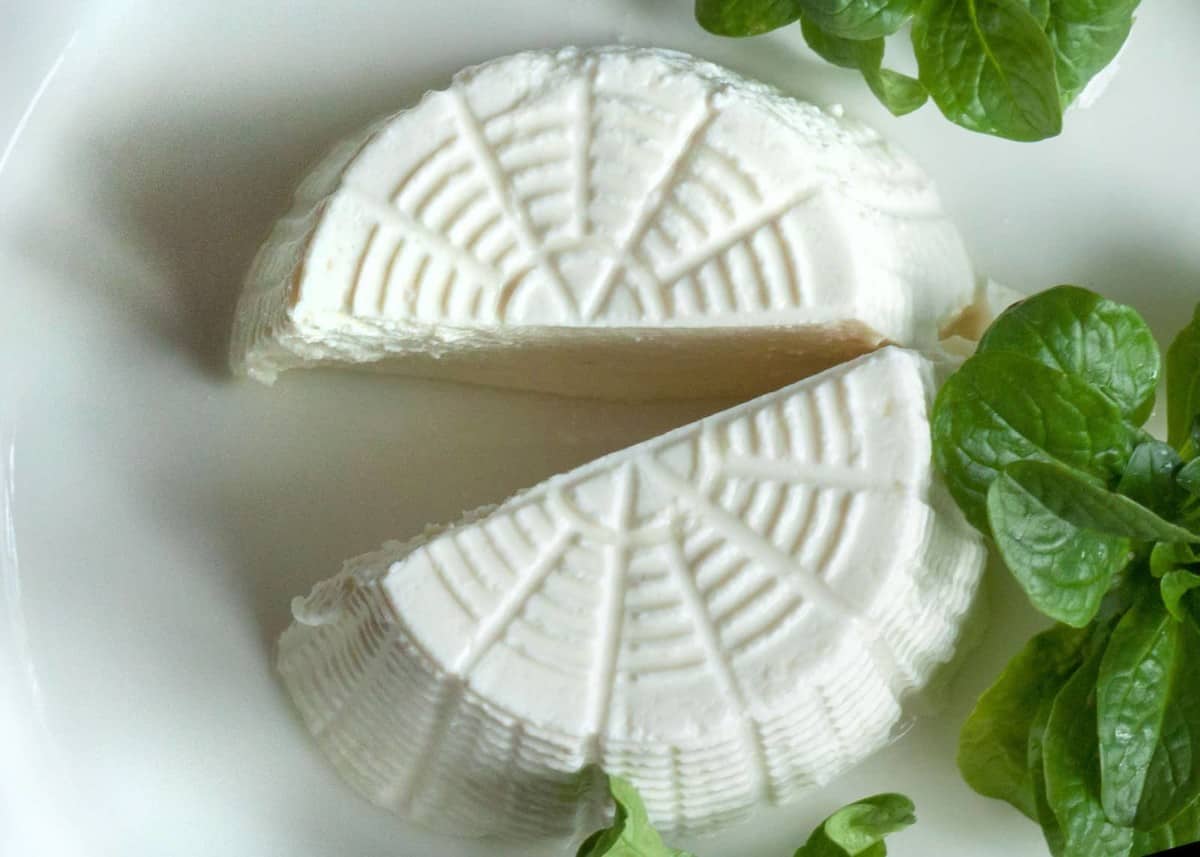
Primosale
Equipment
- (kitchen) thermometer
- cheese moulds
Ingredients
- 2 l milk
- 200 g salt
- 1 tablespoon vinegar, mild
- 1 tablespoon olive oil
Instructions
Jelly and curd
- Pour the milk into a large pot and leave to rest for 4 hours at room temperature. If necessary, stir in a few spoonfuls of natural yoghurt to accelerate the germination of the bacteria. Then heat the milk to 35° C. But careful: animal rennet does not work at temperatures above 40° C. Remove the milk from the cooker and stir in the rennet thoroughly for 3 minutes. Close the pot with a lid, wrap in a cloth and leave to rest for 1 hour.
- During this time, the jelly is formed: the milk coagulates and whey is released. Cut through the jelly in a grid shape with a knife at a distance of approx. 1 cm and leave this "curd" to stand for another 20 minutes. Remove the curds from the pot with a ladle sieve and fill them into the prepared cheese moulds. Place the moulds on a grid to drain. Place a larger, flat dish underneath to collect the whey. You can drink the whey or use it in other ways: as a substitute for the broth in risotto, instead of water when baking bread or to soak pulses.
The Steaming
- The cheese keeps its beautiful white colour through "steaming". It prevents the surface from becoming covered with a yellowish layer. Take a high and wide pot, put 2-3 cups (of the same height) in it, place a grid on top (or the inside of a salad spinner) and place the fuscelle on top. Boil water in another pot or in the kettle. Pour this into the"steamer".
- Be careful: the water must not come into contact with the cheese. Close the lid immediately and let the cheese sweat or rest for 12-16 hours. Afterwards, remove the cheese from the fuscelle. It is called tuma, has a milky, mild taste and does not keep long. Try sliced tuma, grilled briefly! However, you should use the salting process to convert the majority of the cheese into Primosale.
The Salting
- Salting can be done in two ways: in dry salting, the Primosale is massaged with coarse salt several times a day over the course of 1-2 days. In the case of wet salting, the Primosale is bathed for 30 minutes in a bowl with a saline solution (ratio: 100g salt to 1l water). If the cheese floats to the surface, turn it over after 15 minutes. By prolonging the salting, the cheese becomes spicier. For both variants, the cheese has to be kept in the fridge.
The Maturing Process
- During the first 5 days, the Primosale matures in the fridge on a grid or in a wicker basket. Do not cover it – the cheese should be left to air. It should occasionally be brushed with the water-salt solution. After these 5 days, you can store the cheese in a cool room (cellar). During the first week in the cellar, you should rub the surface of the cheese with an oil-vinegar mixture. After that, repeat this only every 4-5 days. If mould develops, rub the surface with the water-salt solution. The maturing of Primosale can take from a few days to a few months, depending on the desired intensity of taste.
Nutrition
Buon appetito!


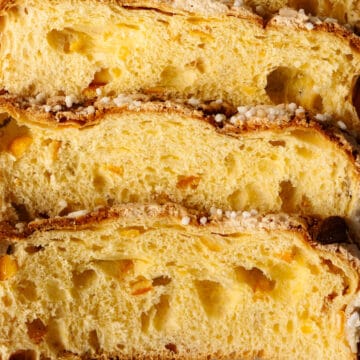
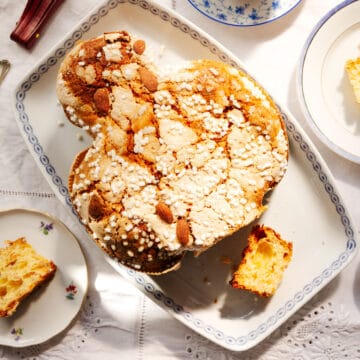
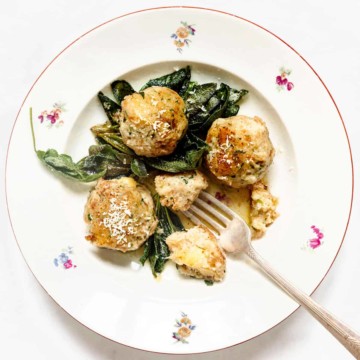
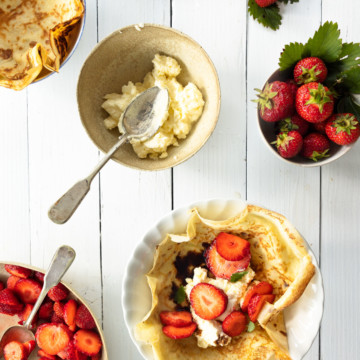
Brandon Easley
Hello. Can you tell me how much milk you use for this recipe?
Ale
Hello Brandon,
here the ingredients
2 l milk
200 g salt
1 tbsp vinegar, mild
1 tbsp olive oil
Have a nice day, Alessandra